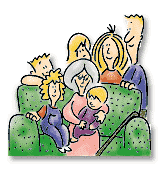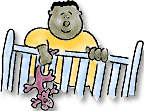- Find a Doctor
-
For Parents
- Before Your Visit
- During Your Visit
- After Your Visit
- More Resources for Parents
Patient & Visitor Resources -
Services
- Locations
-
About Us
- About Childrens
- Find it Fast
- Additional Resources
Find it FastAdditional Resources - MyCHP
ALERT:
There is construction in and around UPMC Children’s Hospital that is affecting the traffic flow – please allow for extra time traveling into the hospital.
- Find a Doctor
- For Parents
-
Services
-
Frequently Searched Services
- Asthma Center
- Brain Care Institute (Neurology & Neurosurgery)
- Cancer
- UPMC Children's Express Care
- Ear, Nose, & Throat (ENT)
- Emergency Medicine
- Endocrinology
- Gastroenterology
- Heart Institute
- Genetic & Genomic Medicine
- Infectious Diseases
- Nephrology
- Newborn Medicine
- Primary Care
- Pulmonary Medicine
- Rheumatology
- Surgery
- Transplant Programs
- See All Services
-
Frequently Searched Services
- Locations
- About Us
- MyCHP
- I Want To
- More Links









 The best time to begin preventing childhood injuries is before you bring your baby home from the hospital. As you prepare for the arrival of your newborn, follow the tips in this section to make your home as safe as possible.
The best time to begin preventing childhood injuries is before you bring your baby home from the hospital. As you prepare for the arrival of your newborn, follow the tips in this section to make your home as safe as possible. Selecting your baby’s crib is one of the most important decisions you’ll make as a new parent. Since your child will spend a great deal of time in their crib, you’ll want to be sure it’s safe.
Selecting your baby’s crib is one of the most important decisions you’ll make as a new parent. Since your child will spend a great deal of time in their crib, you’ll want to be sure it’s safe.